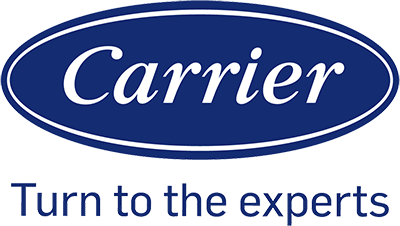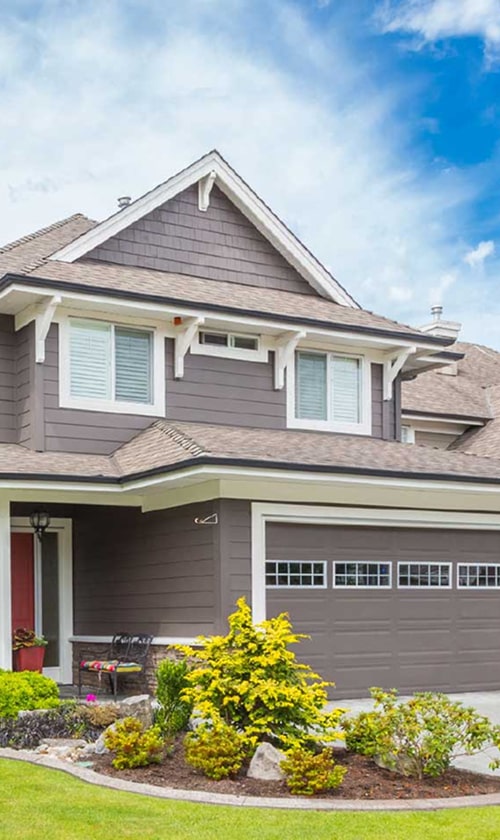Fundamentals of Indoor Air Quality

Good Indoor Air Quality (IAQ) is paramount for ensuring public health. We acknowledge that pollutants within buildings can lead to various health effects, ranging from mild discomfort to significant illness. Therefore, a key objective in HVAC system design is to control these contaminants.
Contaminants can be of biological, chemical, or particulate nature. Common sources include mold, bacteria, building materials, and outdoor air pollution. Efficient HVAC systems play a critical role in minimizing the concentration of these pollutants. We focus on two primary strategies: dilution and filtration.
Effective ventilation is crucial for dilution. We advocate for a blend of natural and mechanical ventilation to maintain fresh air circulation and control contaminant levels. The guideline rates for airflow per person ensure that indoor spaces maintain acceptable air quality standards.
Moreover, high-quality filtration in HVAC systems can capture particulates and allergens that are circulating in the air. Filters with appropriate ratings can significantly reduce the prevalence of airborne contaminants.
Our approach to IAQ encompasses:
- Identifying potential indoor contaminants
- Suggesting strategies for effective contaminant control through ventilation and filtration
- Emphasizing the use of quality components in HVAC systems to maintain optimal IAQ
By focusing on these fundamentals, we can create indoor environments that are healthier for occupants. Careful consideration during the design phase of HVAC systems ensures our indoor spaces contribute positively to overall well-being.
HVAC System Design for Air Quality

In HVAC system design for air quality, we focus on optimizing ventilation, employing advanced filtration technologies, and maintaining precise moisture control to ensure thermal comfort and health.
Ventilation and Air Distribution
Our main objective is to maximize fresh air intake and proper air distribution throughout the building. We adhere to ASHRAE standards, designing systems that provide a consistent delivery of clean air. By calculating the cubic feet per minute (CFM) of air movement required, we ensure that each space receives adequate ventilation with the right balance of outdoor and return air to maintain air quality.
- ASHRAE Standards: Complies with the latest ASHRAE standards for ventilation.
- CFM Requirements: Calibrated to meet space-specific CFM for optimal air movement.
Filtration Technologies
We incorporate advanced filtration components to capture particulates, including mold spores and other allergens. HEPA filters are used for their efficacy in trapping at least 99.97% of particulates 0.3 microns in diameter.
- Filters: Equipped with high-efficiency filters, such as HEPA, for superior air purification.
- Particulates Control: Targets the removal of particulates, including mold spores, to minimize health risks.
Moisture and Humidity Control
Controlling moisture and humidity is essential to prevent mold growth and sustain thermal comfort. We design HVAC systems with integrated controls that regulate humidity levels, using humidifiers or dehumidifiers as necessary.
- Humidity Levels: Maintains ideal indoor humidity levels to prevent mold and ensure comfort.
- Moisture Management: Employs strategies to manage moisture effectively, deterring mold proliferation.
Controlling Airborne Pollutants

In HVAC system design, controlling airborne pollutants is crucial to maintain indoor air quality. We focus on reducing the concentration of both chemical and biological contaminants through strategic integration of technologies and filtering mechanisms.
Chemical and Gaseous Contaminants
Chemical and gaseous contaminants, such as volatile organic compounds (VOCs), tobacco smoke, and carbon monoxide, directly impair indoor air quality. To manage these effectively, our approach includes:
-
Gas-Phase Filters: We incorporate advanced gas-phase filters to target and neutralize a wide array of gaseous pollutants. These filters remove VOCs and other odors from indoor environments, contributing to a fresher air experience.
-
Sensors: Deploying smart sensors enables us to continuously monitor the concentration of various harmful substances. These sensors alert our systems to the presence of high concentration levels, triggering appropriate ventilation adjustments.
-
Air Purifiers: By utilizing air purifiers equipped with activated carbon filters, we effectively trap and eliminate airborne chemicals. These devices are essential in areas prone to high emissions of VOCs and tobacco smoke, ensuring the maintenance of good indoor air quality.
Biological Contaminants
Biological contaminants such as pollen, mold, mildew, and various pathogens pose significant health risks. Our strategies for controlling these pollutants include:
-
HEPA Filtration: High-Efficiency Particulate Air (HEPA) filters play a pivotal role in capturing fine particulate matter, including most pollen and mold spores. We ensure these filters are routinely replaced for optimal performance.
-
Ultraviolet (UV) Lights: Integrating UV lights into HVAC systems provides an effective method to neutralize microbial agents. These lights can destroy the DNA of pathogens, effectively reducing the risk of circulating airborne diseases.
-
Humidity Control: Controlling humidity levels is essential in preventing the growth of mold and mildew. Our HVAC designs include dehumidifiers and humidity sensors to maintain an indoor environment that discourages the proliferation of these biological contaminants.
Monitoring and Maintenance for Sustained Performance
Effective indoor air quality management requires vigilant monitoring and diligent maintenance of HVAC systems. Monitoring is crucial for ensuring systems operate at peak efficiency and provide clean air. We recommend integrating CO2 sensors and employing tools to evaluate the Clean Air Delivery Rate (CADR) as a benchmark for air cleaning performance.
Maintenance is integral for sustaining system reliability. A regular maintenance schedule is necessary to mitigate risks and extend the equipment’s lifespan. This involves inspecting and replacing filters, and conducting risk assessments to identify potential issues.
Here are essential steps we take for monitoring and maintenance:
-
Install CO2 Sensors
- Monitor indoor CO2 levels.
- Maintain calibration for accurate readings.
-
Utilize CADR Metrics
- Evaluate filter efficiency.
- Adjust system settings for optimal performance.
-
Scheduled Inspections
- Replace or clean filters as needed.
- Confirm HVAC components are functioning properly.
-
Risk Assessment
- Identify and mitigate potential issues before they escalate.
By following the Environmental Protection Agency (EPA) guidelines with a proactive approach to maintenance, we ensure our HVAC systems remain efficient, effective, and reliable for the long term. Regular evaluations against EPA standards can inform decisions on when systems should be serviced or upgraded. Our commitment to these practices safeguards against compromised air quality and inefficiency, which in turn protects the health and comfort of building occupants.
Frequently Asked Questions
When designing HVAC systems, we focus on factors that are fundamentally tied to maintaining and enhancing indoor air quality. These frequently asked questions help illuminate how we approach HVAC system design with air quality as a priority.
What factors are crucial in assessing indoor air quality during HVAC system design?
When assessing indoor air quality, we consider ventilation rates, filtration effectiveness, and the control of indoor pollutants. Proper ventilation ensures a steady supply of fresh air, while high-efficiency filters capture particulates that could negatively impact health.
How can HVAC design be optimized for improved air quality in office buildings?
To optimize HVAC design for better air quality in office buildings, we prioritize advanced filtration systems, well-balanced ventilation, and humidity control devices. Considering localized air purifiers for high-density areas can also be beneficial.
What are OSHA’s standards for indoor air quality, and how do they influence HVAC design?
OSHA’s indoor air quality standards focus on adequate ventilation and the maintenance of comfortable temperature and humidity levels. We integrate these standards into our HVAC designs to ensure compliance and safeguard occupant health.
In what ways does the operation of HVAC systems impact the air quality within indoor environments?
HVAC systems impact air quality by circulating and filtering air, controlling humidity, and maintaining appropriate temperature levels. Regular maintenance of these systems is essential to prevent the buildup of pollutants and ensure optimal performance.
What methodologies can be employed for effective workplace air quality testing?
Effective workplace air quality testing methodologies include using sensors to monitor levels of carbon dioxide, particulates, and volatile organic compounds. Real-time data analysis allows us to adjust HVAC performance for optimal air quality.
Which strategies are most effective for enhancing indoor air quality through HVAC modifications?
Strategies for enhancing indoor air quality through HVAC modifications include installing higher-grade filters, improving ventilation effectiveness, and incorporating UV light systems to neutralize airborne pathogens. These modifications are effective in maintaining a healthy indoor environment.




